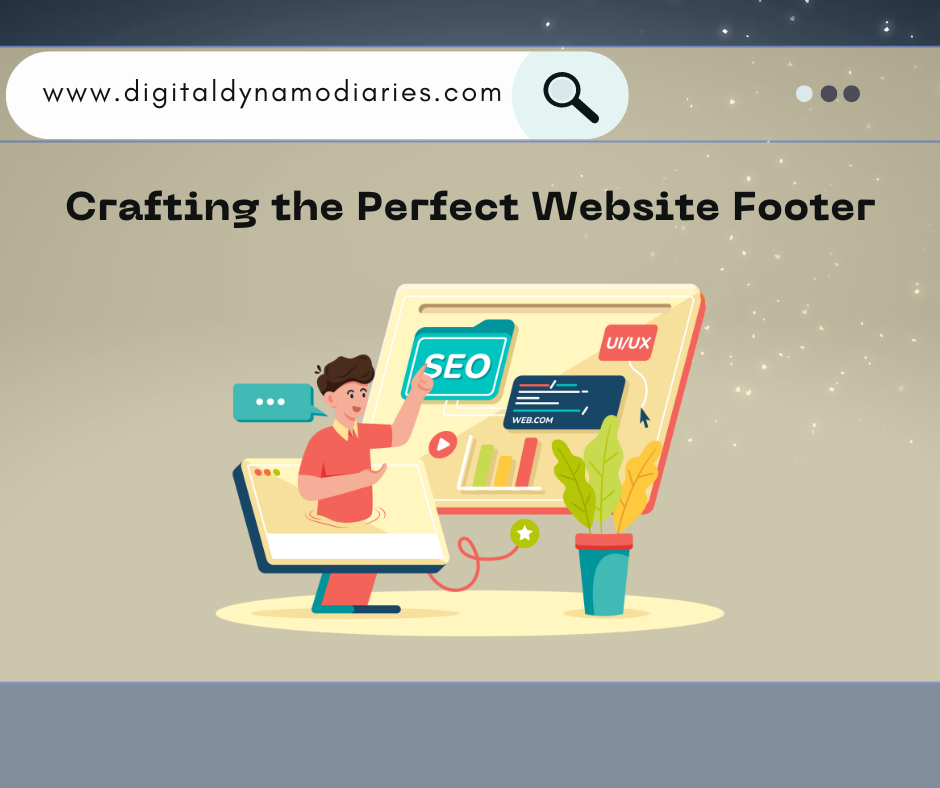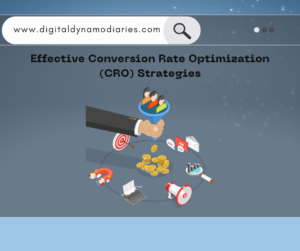Crafting the Perfect Website Footer
When designing a website, every element plays a crucial role in delivering a seamless user experience. One often overlooked, yet incredibly important, component is the website footer. In this guide, we will explore what a website footer is, its significance, and how to design an effective footer that enhances user engagement and usability.
What is a Website Footer?
A website footer is the section located at the bottom of a web page. Typically, it remains consistent across all pages of a site. Despite its position, the footer is a powerhouse of information and functionality, offering users quick access to essential resources and additional navigation options.
The Importance of a Well-Designed Footer
A well-designed footer serves multiple purposes, making it a vital part of any website:
1. Navigation: It helps users find important links and resources without scrolling back to the top.
2. Information Hub: Footers often contain crucial information such as contact details, business hours, and legal notices.
3. SEO Benefits: By including relevant links and keywords, footers can enhance your site’s search engine optimization (SEO).
4. User Engagement: Features like social media links and newsletter sign-ups can drive further user interaction.
Key Elements of an Effective Website Footer
To maximize the impact of your footer, consider incorporating the following key elements:
1. Contact Information: Make it easy for visitors to reach you by including your business address, phone number, and email address. If applicable, add a map to show your physical location.
2. Navigation Links: Provide links to important pages such as About Us, Services, Privacy Policy, and Terms of Service. This helps users access essential information quickly.
3. Social Media Links: Include icons linking to your social media profiles, encouraging visitors to connect with you on different platforms.
4. Newsletter Sign-Up: Add a simple form for visitors to subscribe to your newsletter, building your email list and keeping your audience engaged.
5. Copyright Notice: Protect your content by including a copyright notice. This also shows that your site is current and maintained.
6. Additional Resources: Link to your blog, FAQs, or support pages to offer more value to your visitors.
Effective Strategies for Designing a Website Footer
A functional and visually appealing footer can significantly enhance user experience. Here are some best practices to follow:
1. Keep It Simple: Avoid clutter by using a clean, organized layout with sufficient white space. Group related items together and use headings to separate different sections.
2. Ensure Readability: Choose a font size and color that is easy to read. Avoid overly decorative fonts, and ensure high contrast between the text and background.
3. Mobile Optimization: Make sure your footer is responsive and looks good on all devices, including smartphones and tablets. Test your footer on different screen sizes to ensure functionality and visual appeal.
4. Consistent Design: Maintain consistency with your site’s overall design and branding. Use the same color scheme and typography to reinforce your brand identity.
5. Hierarchy of Information: Prioritize the information based on importance. Place the most critical elements, such as contact information and key navigation links, prominently.
Enhancing User Experience with Your Footer
To further improve user experience, consider incorporating the following features into your footer:
1. Back-to-Top Button: A button that takes users back to the top of the page can improve navigation, especially on long pages.
2. Live Chat Support: Include a live chat widget to offer immediate assistance to your visitors, helping to answer questions and resolve issues in real-time.
3. Interactive Elements: Use interactive elements like hover effects on links and buttons to make your footer engaging. Subtle animations can draw attention to important elements and enhance the overall user experience.
4. Testimonials and Reviews: Adding a section for customer testimonials or reviews can build trust and credibility. Highlighting positive feedback in the footer ensures it’s visible on every page.
Real-World Examples of Great Website Footers
Looking at examples of well-designed footers can provide inspiration. Here are a few standout examples:
– Apple: Apple’s footer is clean and organized, featuring links to essential pages, social media icons, and a prominent copyright notice. The layout is simple, with ample white space and a focus on usability.
– Trello: Trello’s footer includes navigation links, a newsletter sign-up form, and a call-to-action to download their app, all in a minimalist design. The use of icons and clear headings makes the footer easy to navigate.
– Airbnb: Airbnb’s footer is comprehensive, offering links to various sections, social media profiles, and language options, catering to their global audience. The footer is divided into sections, making it easy for users to find relevant information.
Conclusion
A well-crafted website footer is more than just an afterthought. It can significantly enhance your site’s usability, provide essential information, and even boost your SEO efforts. By following the tips and best practices outlined in this guide, you can create a footer that not only looks great but also serves your visitors effectively. Remember, the footer is the final touchpoint for your users, so make it count by providing value and enhancing the overall user experience.



